For a fast-growing vegetable, Swiss chard is among the fastest. This makes Swiss chard perfect to grow for the beginner gardener because you will be harvesting fresh leafy greens in no time at all. So how exactly do you get started growing your own Swiss chard? Let’s find out.
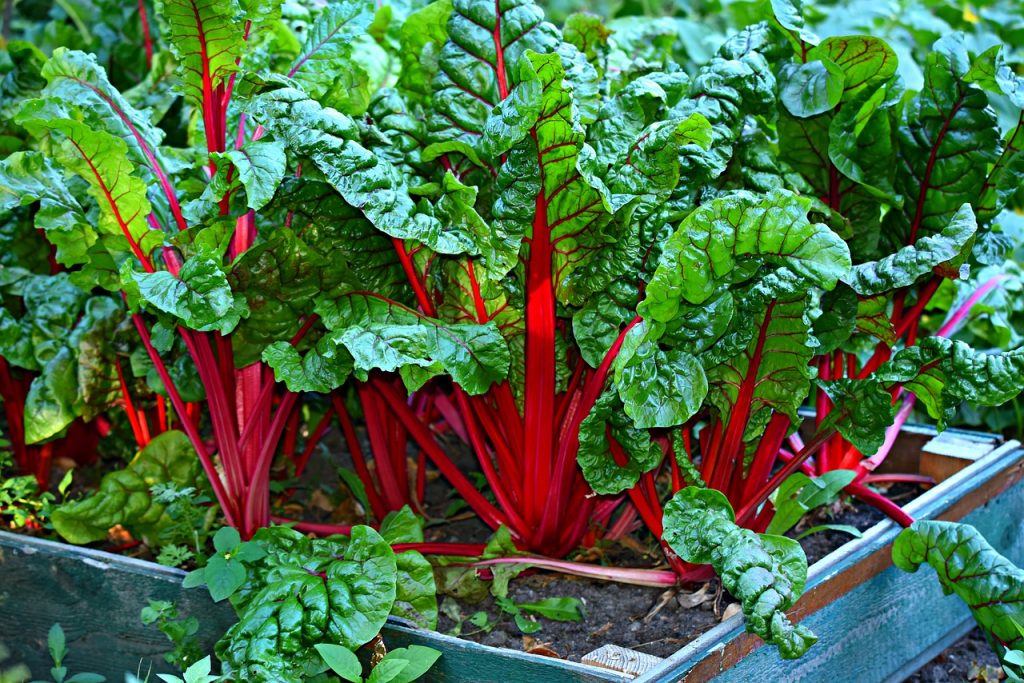
Swiss chard is known by a few different names depending on where you live. Swiss chard is the name used in the United States but it is known as Silverbeet in Australia and Spinach in the UK.
As a relative of the beet family, Swish chard is grown for its leaves and stems but did you know the roots are also edible? Leaves can be eaten raw or cooked, making it a versatile green vegetable to grow in your garden.
Table of Contents
Swiss Chard Varieties
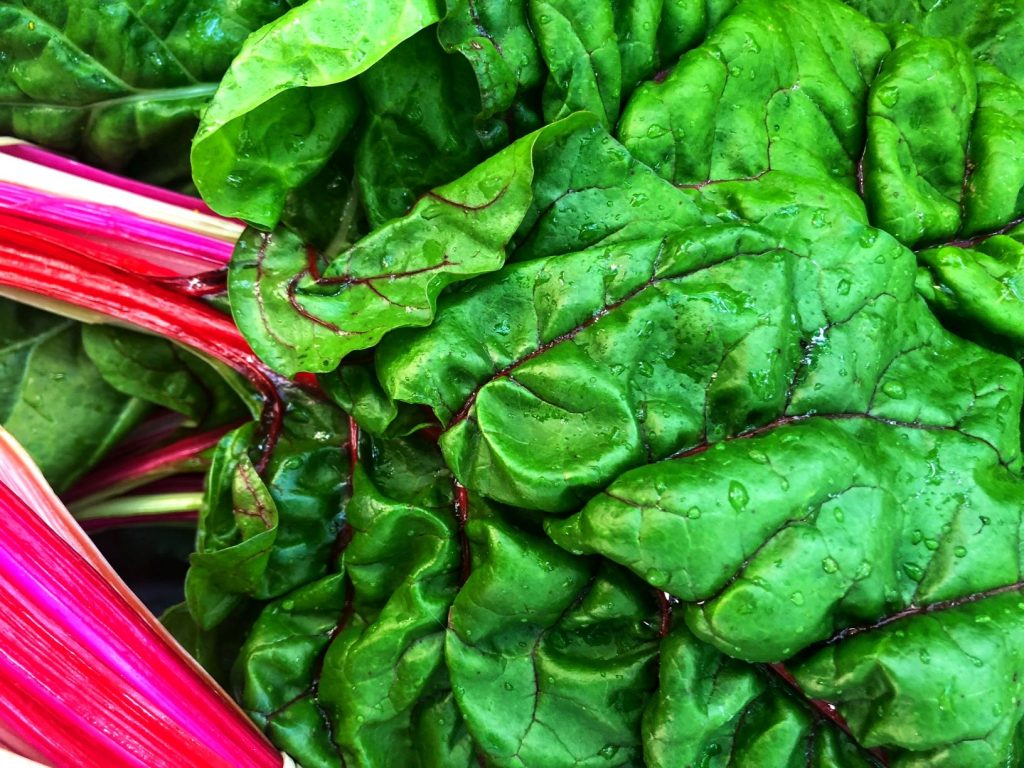
Some of the more common varieties of Swiss chard include:
- Ruby
- Fordhook Giant
- Bright Lights
- Rhubarb Red
- Oriole Orange
- Lucullus
- Rhubarb Chard
- Bright Yellow
When Swish chard plants are all mixed together they are known as Rainbow Chard! The different colored stalks look very impressive. Above, Bright Lights is also a mix of colored chard.
Ideal Growing Conditions for Swiss Chard
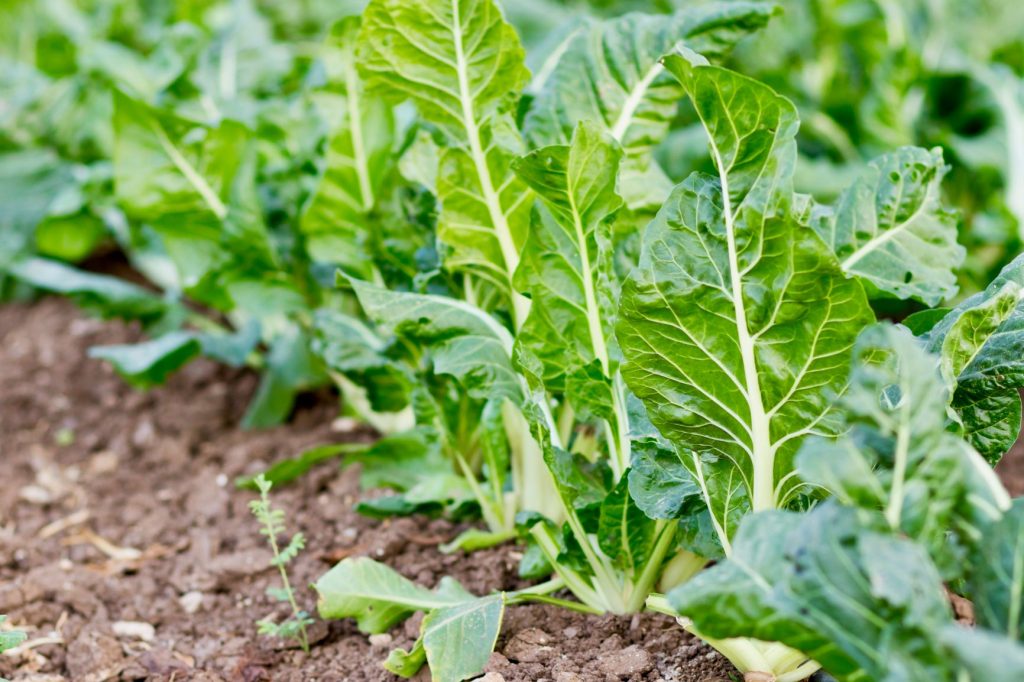
Swiss chard (botanical name Beta vulgaris) is a biennial plant, which means it has a two-year life cycle. However, for many, Swiss chard is grown as an annual, for one season.
This is an easy plant to grow from seed or you can buy them by the punnet as seedlings from your local garden centre.
As with many leafy green vegetables, Swiss chard prefers soil rich in organic matter but will also grow well in less favorable conditions with a little more attention and fertilization.
Free draining soil and full sun to light shade are ideal.
As well as growing in the garden, Swiss chard will happily grow in pots and contains making it an ideal patio or balcony plant.
Keep Swiss chard well mulched with an organic mulch to protect the roots and keep in moisture. Mulch also suppresses weeds which will compete with Swiss chard for moisture and vital soil nutrients.
When To Plant Swiss Chard
Known as a cool-season crop, Swiss chard is often grown in spring and fall to avoid the heat of summer and possible extreme cold.
In temperate regions, Swiss Chard can be grown all year round and can even live as a semi-perennial (lasting a number of years) if the conditions are right.
To start growing seeds, Swiss chard prefers soil temperature of at least 40 F (4.5 C). As a general rule, seeds can be planted as soon as the ground is workable. Plant them 1/2 inch (1.5cm) deep in the ground and keep them lightly moist until seedlings emerge in 7-14 days.
Space the seeds 6 inches apart and later thin them out to 8 inches (20cm) apart. You can either use the thinned out seedlings fresh in salads or you can transplant them to another section of the garden.
Depending on the variety, plants will spread to around 8 inches (20cm) and they will grow 12-16 inches (30-40cm) tall.
When the weather turns cold, Swiss chard will tolerate light frost quiet well but won’t cope with extreme winters. You can try transferring a ground grown plant into a container and place it in a cool spot for continued harvesting.
You can prolong the growing season by removing the flower head if one develops early in the season.
When To Water Swiss Chard
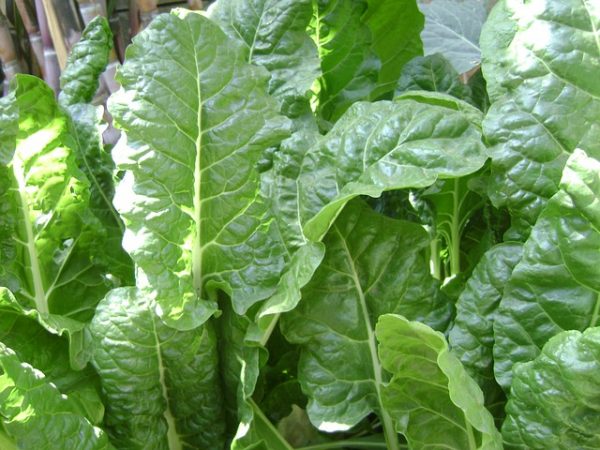
Swiss chard likes a frequent drink of water but does not want to be kept wet. If the ground becomes persistently it may cause roots to rot. So during rain, you may not need additional water and during dryer periods you may need to water daily.
You can check the soil with your finger around an inch below the surface. If it feels moist, there’s no need to water. And if it feels dry then your Swiss chard needs a drink.
If you prefer, you can check the soil moisture level with a water gauge (this one also monitors the pH and light levels).
Feeding Your Swiss Chard
Use an organic fertilizer such as this blood meal fertilizer. Blood meal provides nitrogen which promotes leafy growth, just perfect for Swiss chard.
You can also use composted chicken manure or purchase a pellet form. Chicken manure is high in nitrogen and great fertilizer for the vegetable garden. Just remember to compost any fresh manure first to avoid burning plants.
How Long Does It Take To Harvest Swiss Chard
From planting to harvest, Swiss chard is ready to begin harvesting in approximately 60 days. Such a fast-growing vegetable! In no time at all, you’ll be enjoying fresh garden greens.
Harvesting Swiss Chard
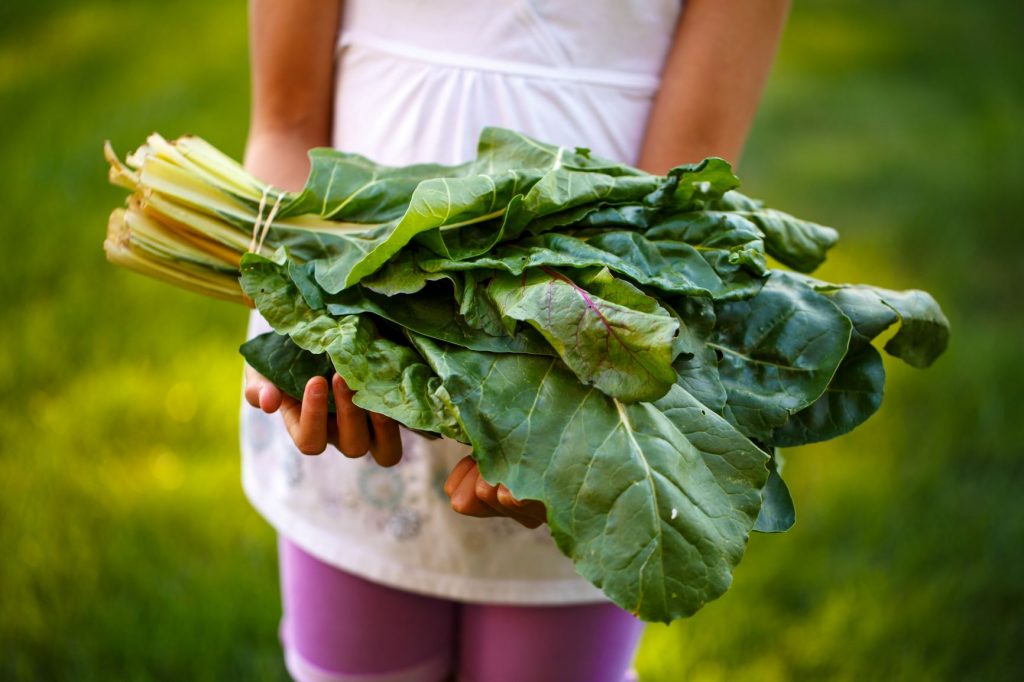
Starting with the outside leaves, stalks are cut or gently snapped off close to the base, just above the ground. New leaves will continue to be produced from the center of the plant, so always leave a few leaves on the plant to grow to maturity.
As Swiss chard will start to wilt soon after picking, it is best harvested on the day it will be eaten.
Freezing Swiss Chard
If you’re lucky enough to grow more Swiss chard than you know what to do with, you can freeze your harvest for a later time. Blanched and frozen Swiss chard will keep in the freezer for 6-12 months.
Prepare the Swiss chard by cleaning the leaves and stems. Remove the leaves from the stems and cut both the leaves and stems into manageable pieces that you’ll use later in your cooking.
Blanch stems for around 2 minutes. Remove the stems and ice bath them to stop the cooking process.
Repeat the above process with the leaves, blanching them for approximately 1 minute.
When both the stems and leaves have cooled, they can be frozen in freezer bags. Try to remove all the air. You may want to keep the stems and leaves in separate bags to make it easier to use them later.
Pests and Disease
Pests and disease are not very common in Swiss chard which is another great reason to grow this low-maintenance vegetable. However, occasionally you may encounter a pest or two. We have listed a few of them and how to deal with them here:
Snails and slugs may be interested in these leafy greens though there are usually more attractive options in the vegetable garden. If you do encounter them on your Swiss chard you can either remove them manually, set beer traps low in the ground (they are attracted to the beer, become trapped and then drown), or consider an organic trap or bait like this one.
Aphids can attack the plant but are easily treated with a spray of horticultural soap or neem oil. Some gardeners report great success removing these pests by simply straying aphids off with a hose of water.
Leaf miner attack is identified by transparent-like brown patches on the leaves of Swiss chard. The adult female leaf miner fly lays her eggs on the Swiss chard leaves, larvae hatch and then feast on the inside of the leaf.
If the problem is only small you can consider cutting away the infected leaves and disposing of them in the garbage, to reduce re-infestation. Any part of the leaf not affected by leaf miner is perfectly edible.
As eggs are laid on the underside of the leaf, they can be brushed off before they hatch.
Or you can treat leaf miner with neem oil which will stop the eggs hatching.
Conclusion
As low-maintenance and fast-growing vegetable go, Swiss chard is a must-have vegetable to grow at home. Its versatile nature makes it a wonderful addition in the kitchen and by harvesting just a few leaves regularly from each plant, you will have a long and productive harvest. So how many Swiss chard plants do you think you’d like to grow this season?
Recommended Products
- Soil and Water Gauge – measure the pH level of soil as well as the moisture level.
- Blood Meal Fertilizer – organic leafy green plant food.
- Chicken Manure Pellets – organic leafy green plant food.
- Horticultural Neem Oil – to assist with pest removal and prevention.
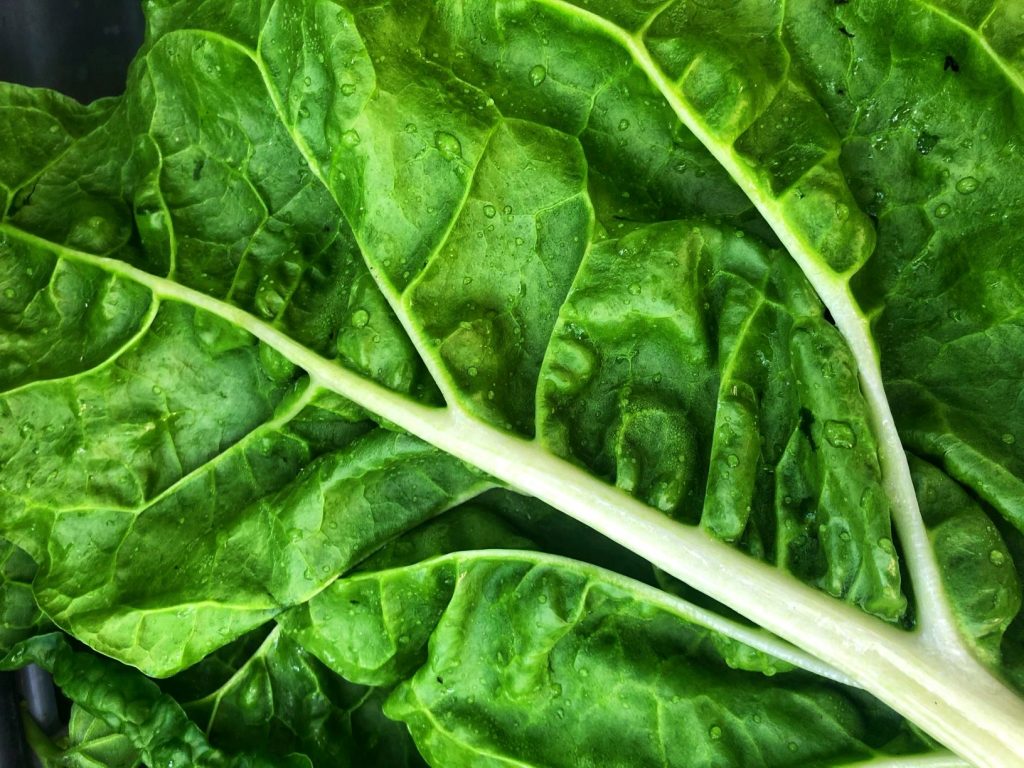
Related reading:
- How To Grow Delicious Lettuce
- Why Is My Lettuce Flowering? Causes and Solutions
- How To Grow Sugar Snap Peas: Growing Guide And Tips
- Growing Kale: Planting, Caring, and Harvesting Kale
- How to Grow Radishes: the Easiest Vegetable to Grow
- Why Is My Bok Choy Flowering? Causes and Solutions
- How to Grow Beets: Planting, Growing and Harvesting Beetroot
- Spots on Arugula? Causes and Solutions
- Why Is My Spinach Flowering? Causes and Solutions
- Why Is My Spinach Bitter? Answered!

